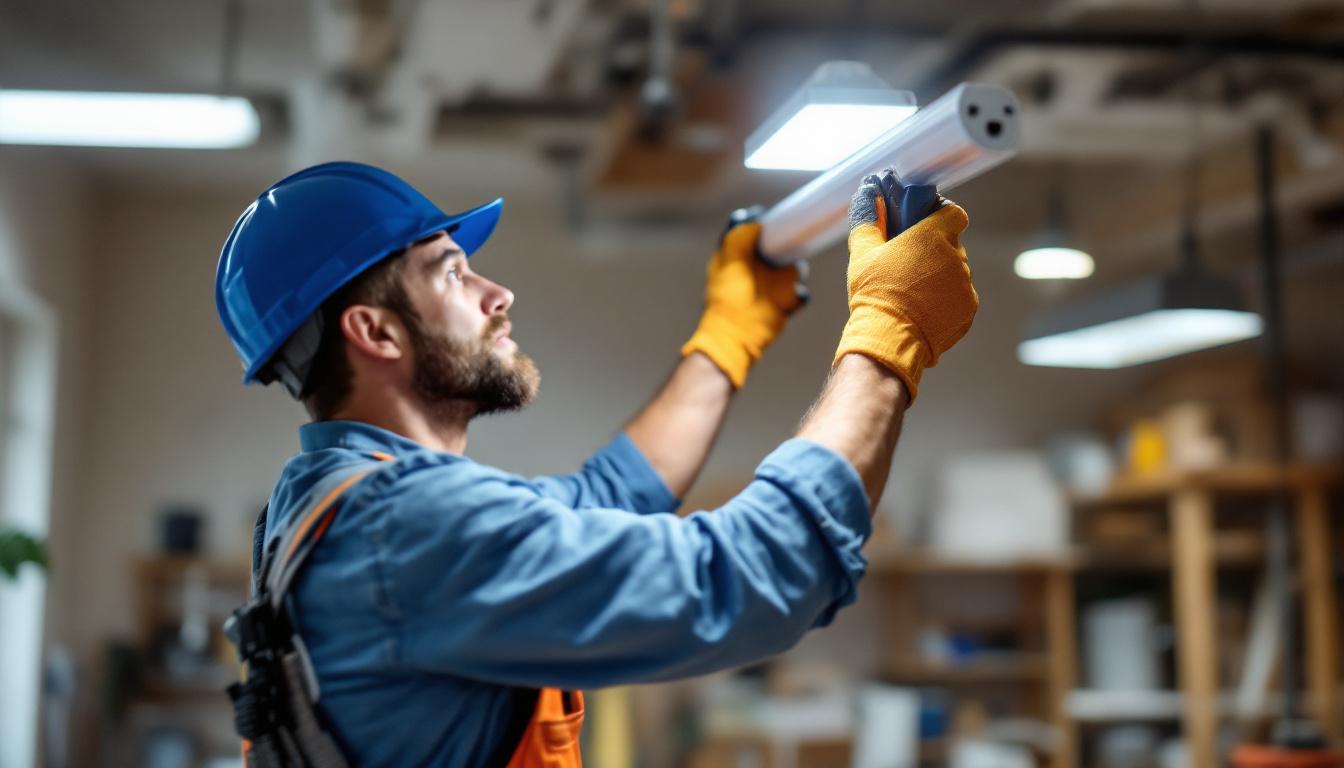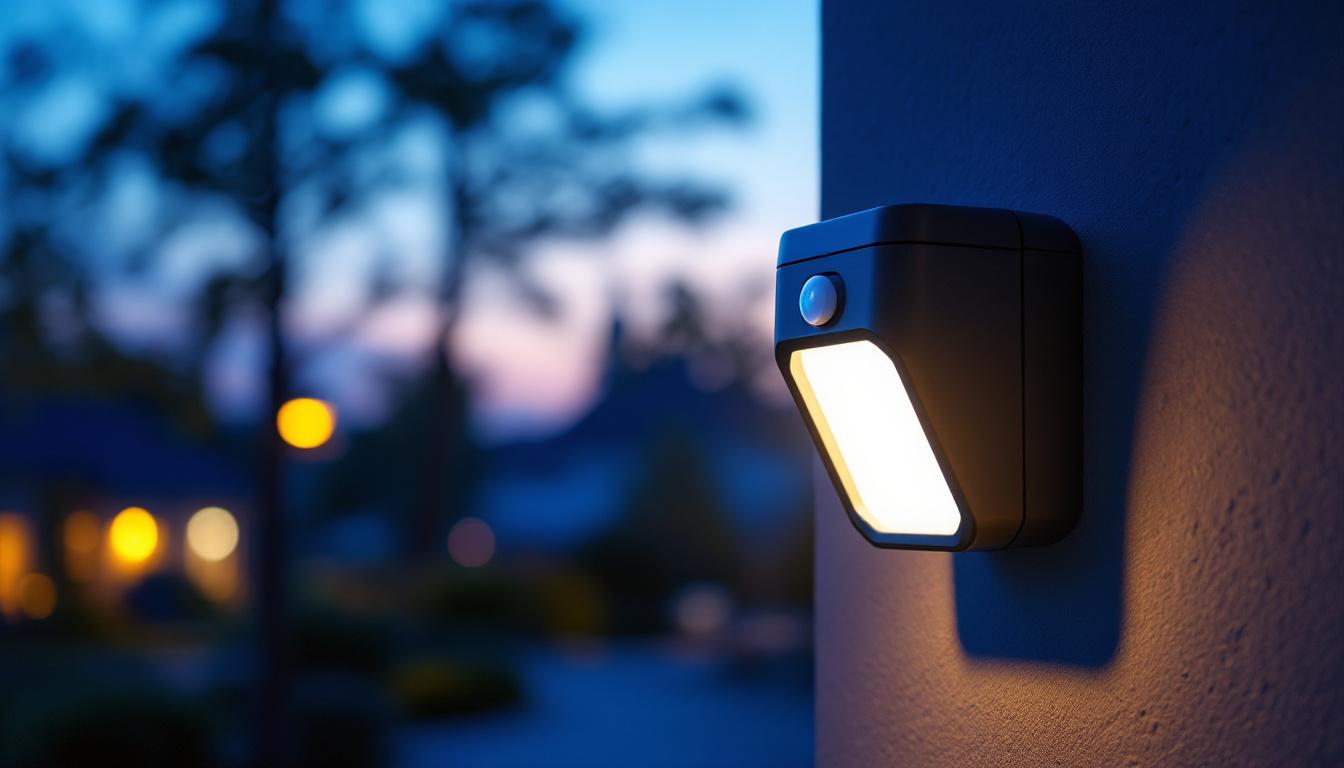
Lighting plays a crucial role in creating the right ambiance and functionality in various spaces, whether residential, commercial, or industrial. Among the many options available, 4-foot lights have gained significant popularity due to their versatility and efficiency. This article provides essential advice for lighting contractors who work with 4-foot lights, focusing on installation, design considerations, and energy efficiency.
4-foot lights, often referred to as linear lights, are typically used in a variety of settings, including offices, warehouses, and retail spaces. These fixtures can come in various forms, such as fluorescent, LED, or even incandescent, with LED being the most energy-efficient option. Understanding the different types and their applications is vital for contractors to make informed decisions.
When considering 4-foot lights, it is essential to understand the different types available. Fluorescent lights have been a staple in commercial lighting for years, providing good illumination at a relatively low cost. However, they are gradually being replaced by LED options, which offer longer lifespans and lower energy consumption.
LED 4-foot lights are available in various configurations, including integrated fixtures and retrofit kits. Integrated fixtures come with built-in LED technology, while retrofit kits allow contractors to replace fluorescent tubes with LED ones in existing fixtures, providing a more sustainable option without the need for complete replacement. Additionally, some LED models offer adjustable color temperatures, allowing users to select a warm or cool light depending on the desired ambiance, which can enhance the overall aesthetic of a space.
The versatility of 4-foot lights makes them suitable for numerous applications. In commercial settings, they are often used in office spaces, providing even illumination that enhances productivity. In warehouses and industrial environments, these lights can illuminate large areas effectively, ensuring safety and efficiency.
Retail spaces also benefit from 4-foot lights, as they can be used to highlight products and create an inviting atmosphere for customers. For instance, strategically placed linear lights can draw attention to specific merchandise or displays, enhancing the shopping experience. Furthermore, in educational institutions, these lights can be utilized in classrooms and hallways, promoting a well-lit environment conducive to learning. Understanding these applications helps contractors recommend the right lighting solutions to their clients, ensuring that each space is not only functional but also aesthetically pleasing.
Proper installation of 4-foot lights is crucial for achieving optimal performance and longevity. Here are some key tips that contractors should keep in mind during the installation process.
Before installation, it is essential to assess the space where the lights will be placed. Factors such as ceiling height, room dimensions, and the intended use of the space should influence the decision. For instance, in areas with high ceilings, it may be necessary to install lights at a greater distance apart to ensure even illumination.
Additionally, considering the layout of the room can help in determining the best placement for the lights. For instance, in office settings, placing lights above workstations can reduce shadows and enhance visibility. In contrast, for recreational spaces like gyms or studios, a more dispersed lighting arrangement can create a vibrant atmosphere that encourages activity and engagement. Understanding the specific needs of the space will allow contractors to create a tailored lighting solution that enhances both functionality and aesthetics.
When installing 4-foot lights, proper wiring is crucial for safety and functionality. Contractors should ensure that the electrical supply matches the requirements of the fixtures being installed. This includes checking voltage levels and ensuring that circuit breakers are appropriately rated.
Furthermore, it is essential to follow local electrical codes and regulations during installation. This not only ensures safety but also helps avoid potential legal issues down the line. Contractors should also consider the use of energy-efficient lighting options, such as LED fixtures, which can significantly reduce energy consumption and lower utility costs for clients. By integrating smart technology, such as dimmers or motion sensors, contractors can provide clients with modern solutions that enhance convenience and energy savings.
After installation, testing the lights is a vital step that should not be overlooked. Contractors should check for any flickering or dimming, which may indicate issues with the wiring or the fixtures themselves. Making necessary adjustments at this stage can save time and resources in the long run.
Additionally, providing clients with guidance on how to operate and maintain their new lighting system can enhance their satisfaction and ensure the longevity of the installation. Offering a brief tutorial on changing bulbs, adjusting settings, or even troubleshooting minor issues can empower clients and foster trust in the contractor’s expertise. Furthermore, recommending a regular maintenance schedule can help keep the lighting system in optimal condition, ensuring that it continues to meet the client’s needs for years to come.
Designing a lighting scheme that incorporates 4-foot lights requires an understanding of both aesthetics and functionality. Here are some design considerations that contractors should keep in mind.
While 4-foot lights can provide ample illumination, combining them with other light sources can enhance the overall lighting design. For instance, using accent lighting alongside 4-foot fixtures can create visual interest and highlight specific areas within a space.
In commercial settings, layering different types of lighting can help create a more dynamic environment. For example, combining ambient lighting from 4-foot fixtures with task lighting at workstations can improve functionality and comfort. Additionally, utilizing decorative fixtures or wall sconces can add a touch of elegance and personality to the space, making it more inviting for both employees and clients.
Choosing the right color temperature is essential for creating the desired atmosphere. 4-foot lights are available in various color temperatures, ranging from warm white to cool daylight. Understanding the psychological effects of different color temperatures can help contractors make informed recommendations to clients.
For instance, warmer tones are often preferred in residential settings for a cozy feel, while cooler tones may be more suitable for commercial spaces that require focus and alertness. Moreover, it is important to consider the brightness levels of the lights, as overly bright lighting can lead to discomfort and eye strain, whereas too dim lighting may not provide sufficient visibility for tasks. Balancing these elements can create a harmonious environment that caters to the specific needs of the space.
In today’s environmentally conscious market, energy efficiency is a significant consideration for lighting design. LED 4-foot lights are a popular choice due to their low energy consumption and long lifespan. Contractors should educate clients on the benefits of choosing energy-efficient options, including potential cost savings on electricity bills.
Additionally, incorporating smart lighting solutions can further enhance energy efficiency. Smart controls allow users to adjust brightness levels and set schedules, ensuring that lights are only used when needed. The integration of daylight sensors can also optimize energy usage by automatically adjusting indoor lighting based on the amount of natural light available, promoting a sustainable approach to lighting design. Furthermore, educating clients about the environmental impact of their lighting choices can foster a sense of responsibility and encourage them to invest in sustainable practices, ultimately leading to a greener future.
Regular maintenance is essential for ensuring the longevity and performance of 4-foot lights. Contractors should provide clients with guidelines on how to maintain their lighting systems effectively.
Encouraging clients to conduct routine inspections can help identify potential issues before they escalate. This includes checking for signs of wear and tear, such as flickering lights or unusual noises. Addressing these issues promptly can prevent more significant problems and extend the lifespan of the fixtures.
Additionally, cleaning the fixtures regularly can improve light output and maintain the aesthetic appeal of the space. Dust and grime can accumulate on light fixtures, reducing their effectiveness and altering the intended ambiance. It is advisable to use a soft, damp cloth to wipe down the surfaces and avoid harsh chemicals that could damage the finish. Clients should also consider the environment where the lights are installed; for instance, fixtures in industrial settings may require more frequent cleaning due to higher levels of dust and debris.
Lighting contractors should be familiar with common issues that may arise with 4-foot lights and how to troubleshoot them. For example, if a light is flickering, it may indicate a loose connection or a failing ballast. In such cases, checking the wiring and replacing faulty components can resolve the issue.
In instances where lights are not functioning at all, it is essential to check the power supply and ensure that the circuit breaker has not tripped. Providing clients with a basic troubleshooting guide can empower them to address minor issues without needing professional assistance. Furthermore, educating clients about the importance of using compatible replacement parts can prevent future complications. For instance, using the wrong type of bulb or ballast can lead to inefficiencies and potential damage to the lighting system. Regularly updating clients on advancements in lighting technology, such as energy-efficient LED options, can also enhance their overall satisfaction and reduce long-term operational costs.
4-foot lights are a versatile and efficient lighting solution that can enhance various spaces. For lighting contractors, understanding the different types, installation techniques, design considerations, and maintenance practices is crucial for delivering high-quality results to clients.
By staying informed about the latest trends and technologies in lighting, contractors can provide valuable insights and recommendations to their clients, ensuring satisfaction and successful projects. Ultimately, the right approach to 4-foot lighting can transform spaces, improve functionality, and create inviting environments.
Ready to elevate your lighting projects with the best 4-foot lights on the market? Look no further than LumenWholesale, where we provide contractors with exceptional, spec-grade lighting products at unbeatable wholesale prices. Say goodbye to local distributor markups and hello to our extensive selection that meets the highest industry standards. With LumenWholesale, you’ll enjoy the convenience of bulk buying with free shipping, ensuring you get the premium lighting you need at the best value — without any hidden fees. Don’t compromise on quality or cost. Wholesale Lighting at the Best Value is just a click away. Transform your spaces with LumenWholesale today.

Discover how lighting contractors can streamline their projects by understanding the essentials of installing outlets for washers and dryers.

Discover how motion sensor light control is revolutionizing energy efficiency in homes and businesses.

Illuminate your projects with confidence using expert advice on outdoor pole light fixtures.

Discover how LED wall pack lighting can transform your business operations.